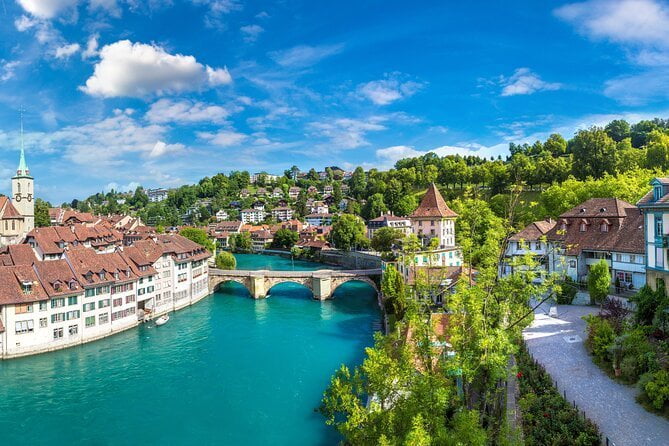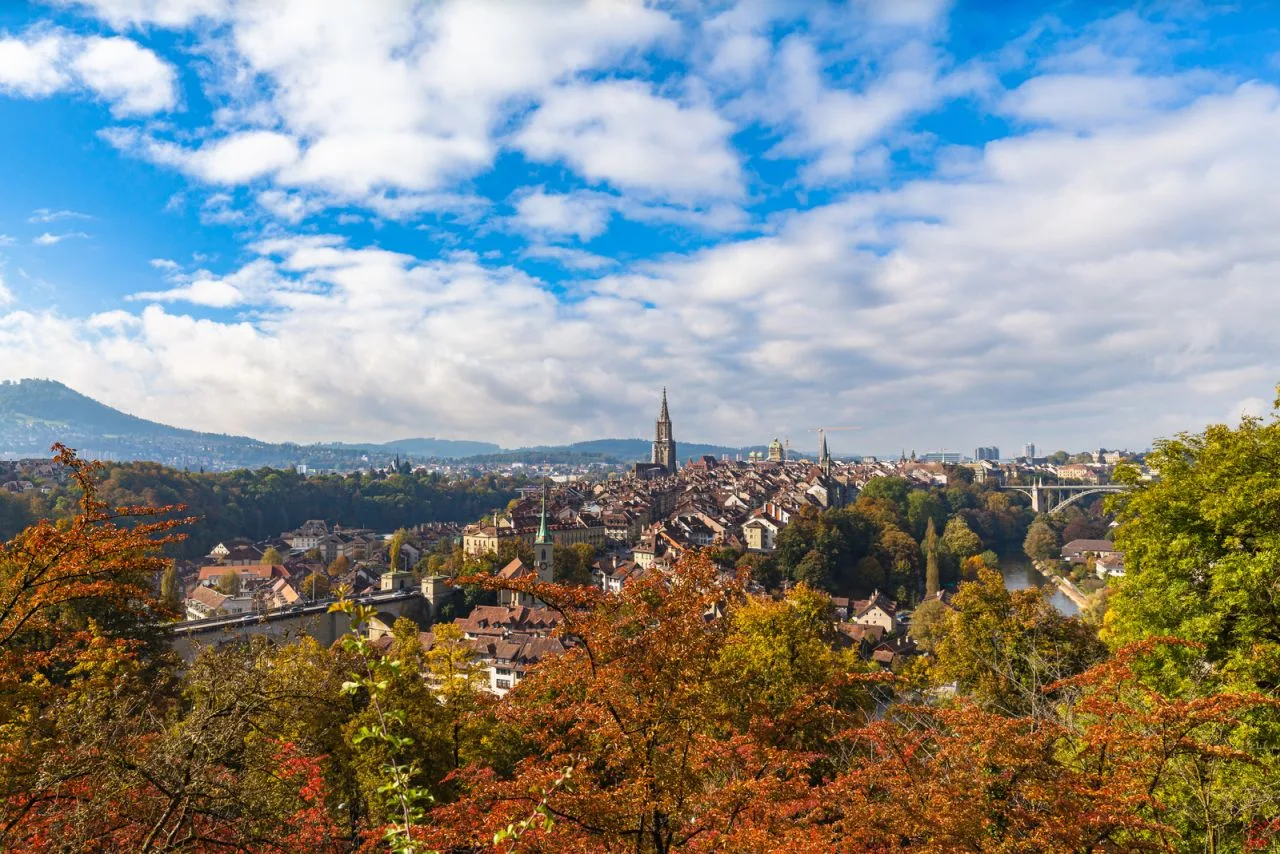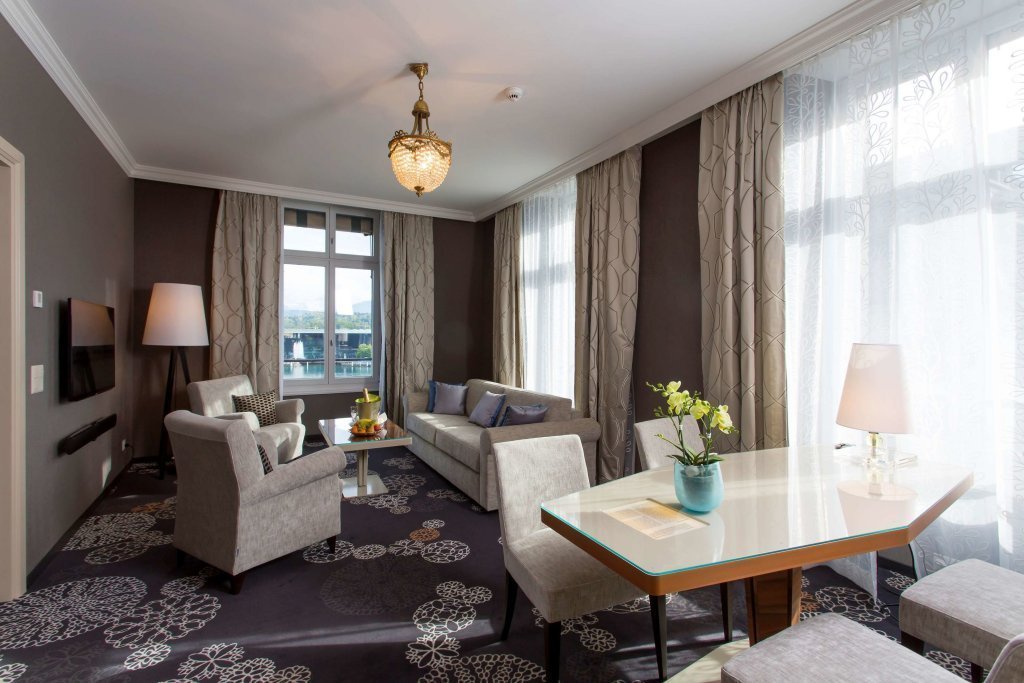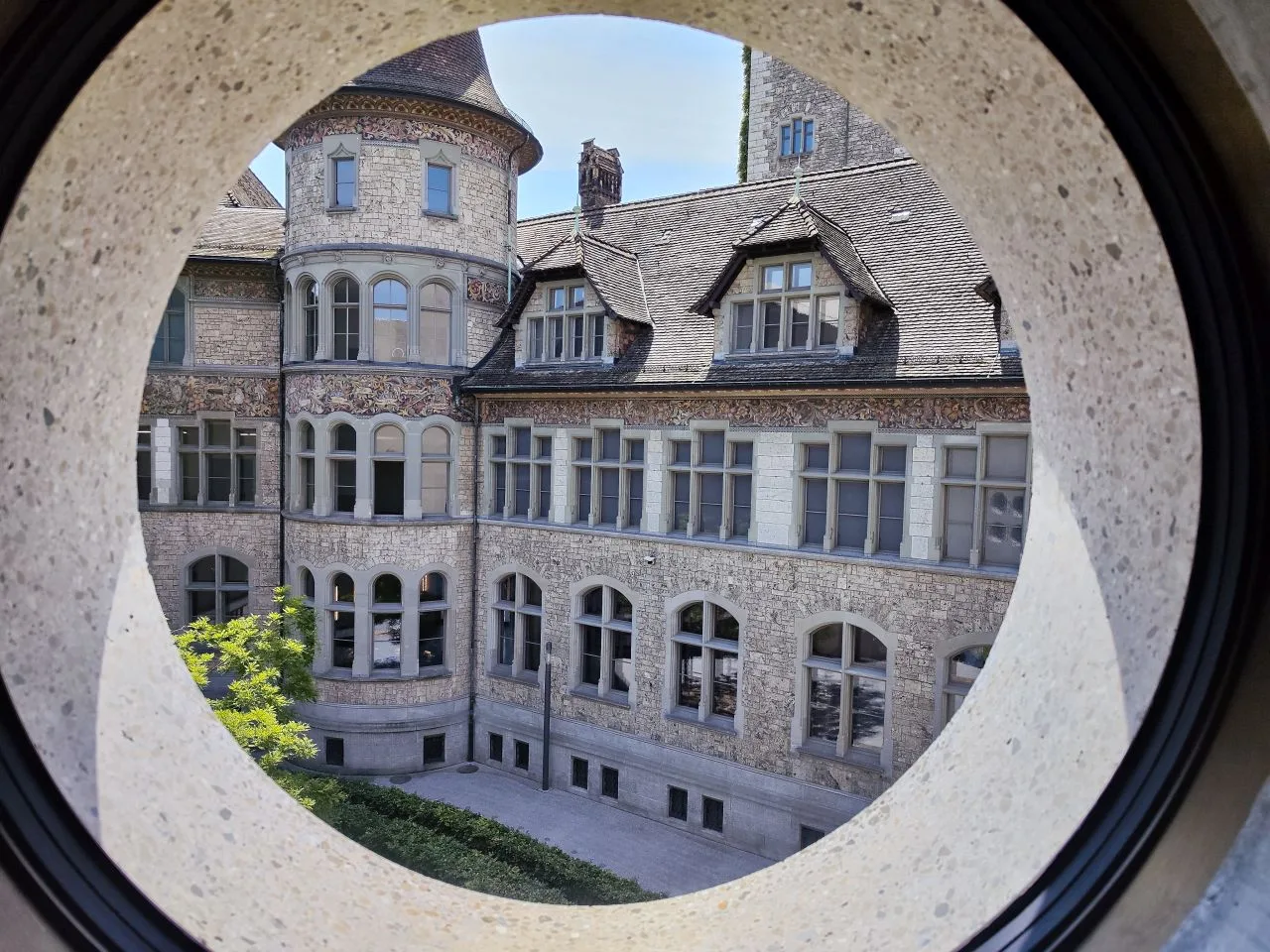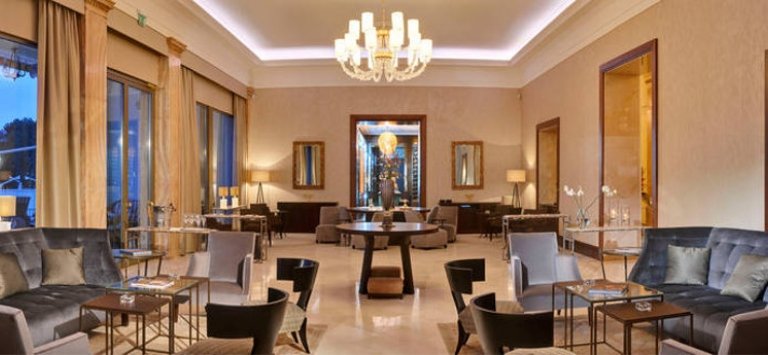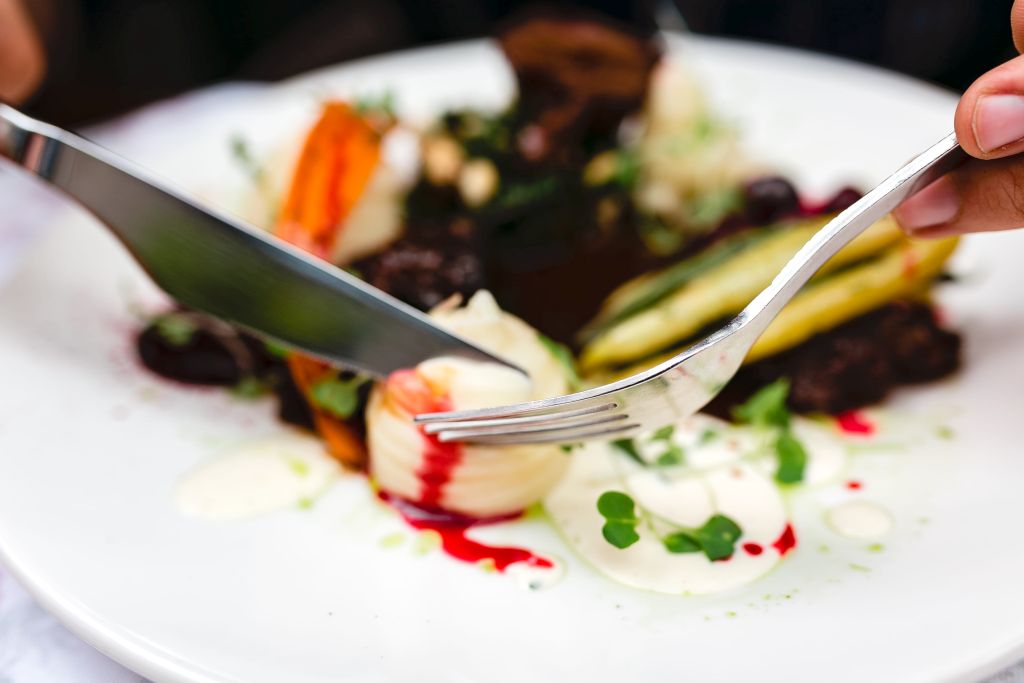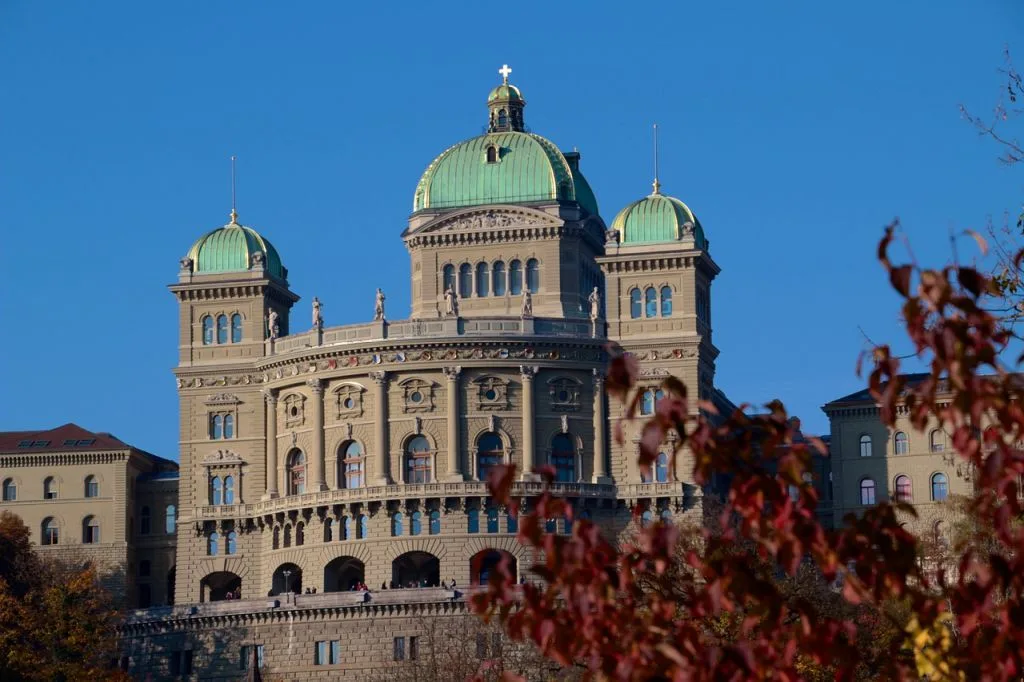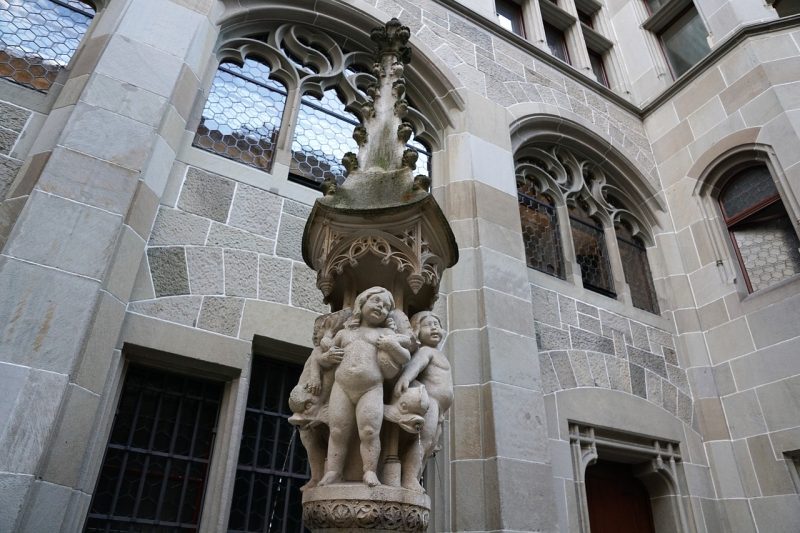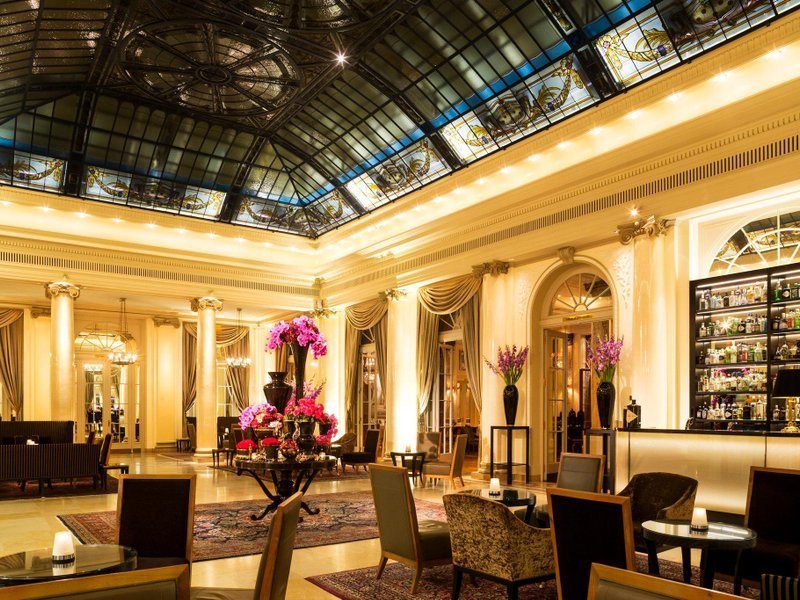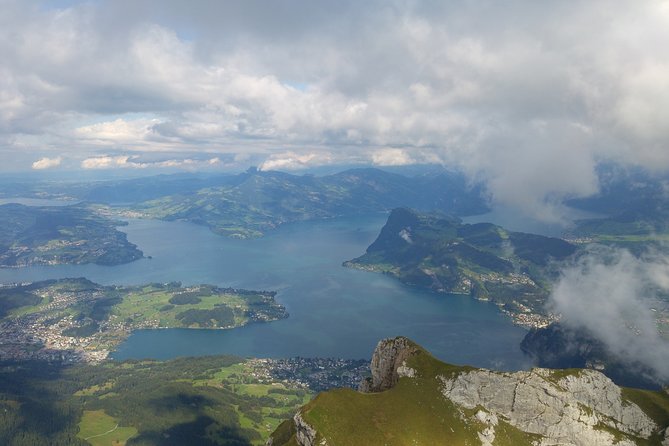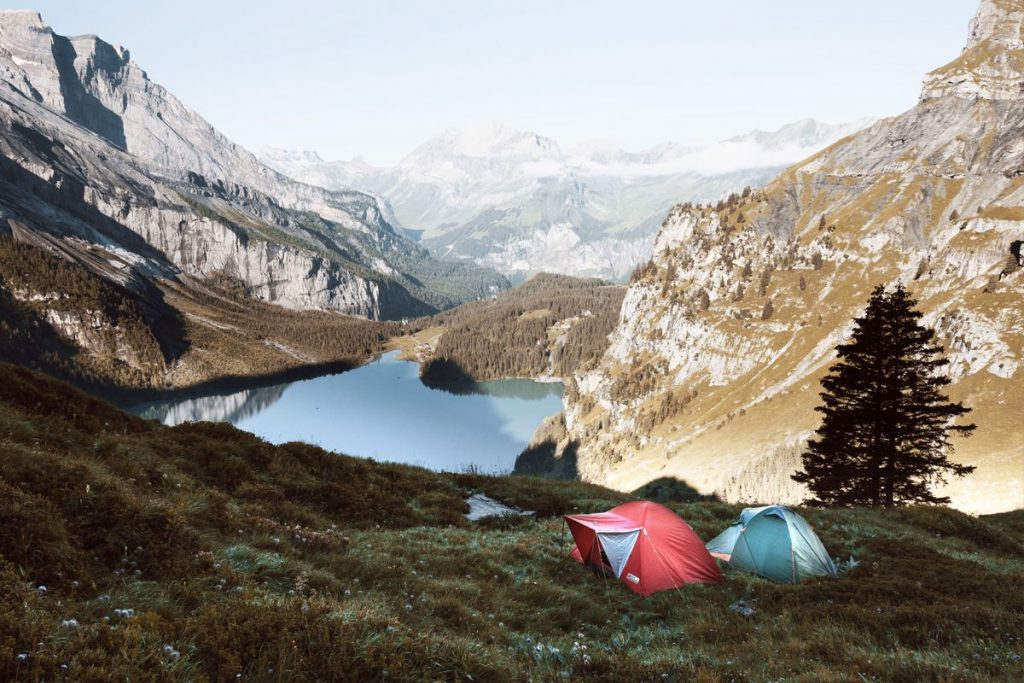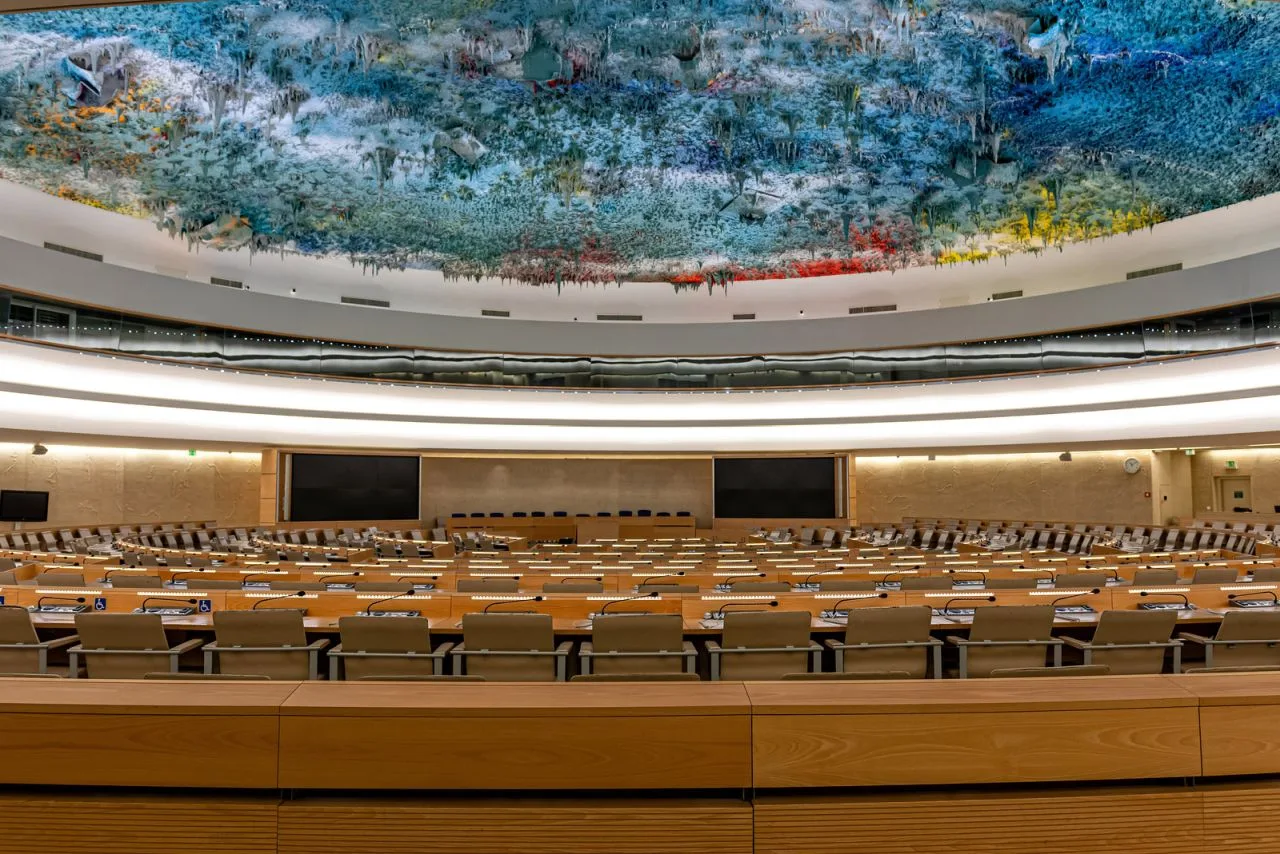Jungfrau, Bernese Alps
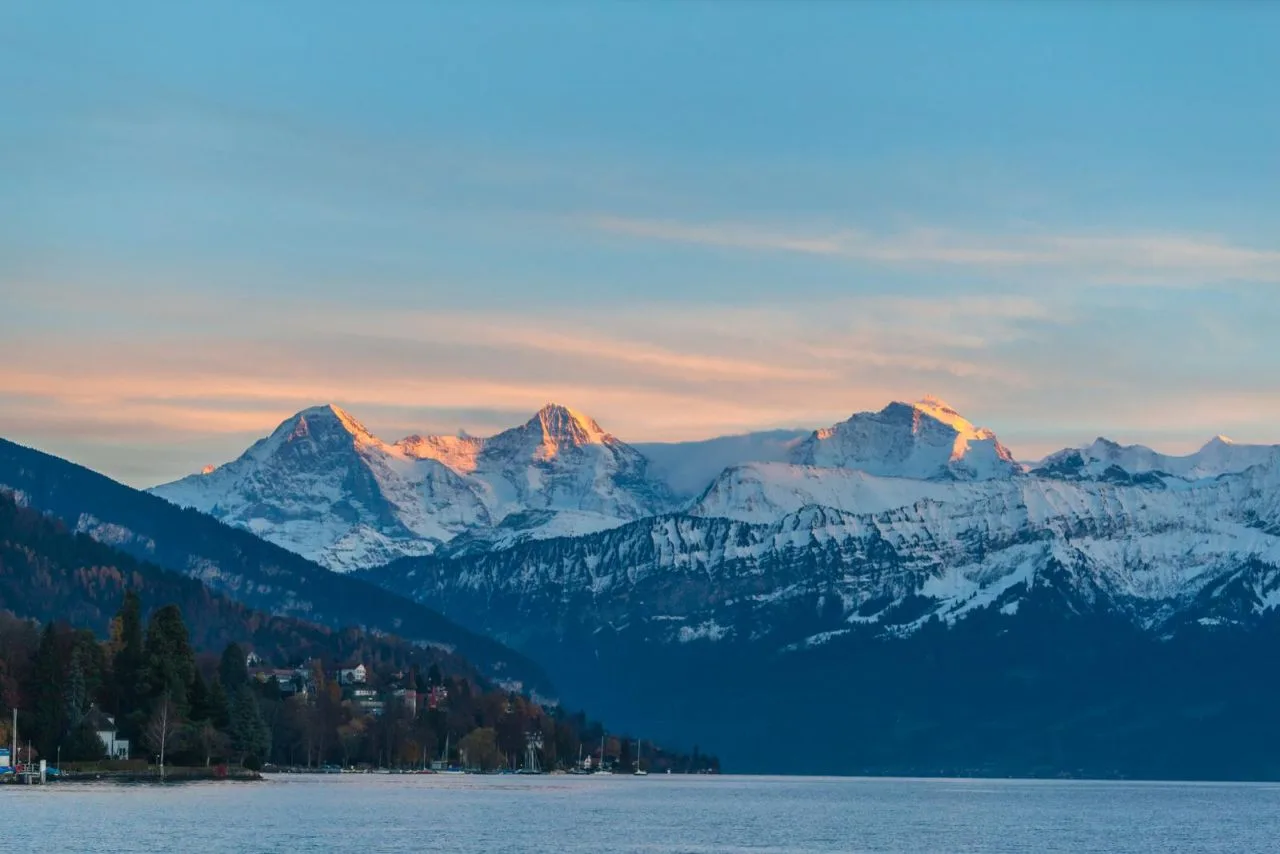
Stuuning view of Eiger North Face and Monch, jungfrau in sunset from the lake side of the Thun lake, Canton of Bern, Switzerland
Address
Jungfrau
GPS
46.5367739, 7.9625907
Jungfrau (meaning “maiden, virgin”) is a prominent peak in the Bernese Alps, situated between the cantons of Bern and Valais, around halfway between Interlaken and Fiesch. Its elevation is 4,158 metres (13,642 feet). One of the most recognizable features of the Swiss Alps is the huge wall of mountains formed by the Jungfrau, the Eiger, and the Mönch, which rises over the Bernese Oberland and the Swiss Plateau.
 On August 3, 1811, two Valais chamois hunters and two Aarau brothers named Meyer climbed to the peak for the first time. After a lengthy journey via the glaciers and high passes of the Bernese Alps, the climb was finally made. A shorter and more direct route over the north was not established until 1865.
On August 3, 1811, two Valais chamois hunters and two Aarau brothers named Meyer climbed to the peak for the first time. After a lengthy journey via the glaciers and high passes of the Bernese Alps, the climb was finally made. A shorter and more direct route over the north was not established until 1865.
The area is now one of the most popular tourist destinations in the Alps thanks to the construction of the Jungfrau Railway in the early 20th century, which links Kleine Scheidegg to the Jungfraujoch, the saddle between the Mönch and the Jungfrau. The Jungfrau and the nearby Aletsch Glacier form the Jungfrau-Aletsch region, which was inscribed on the UNESCO World Heritage List in 2001.
The Jungfrau Region in the Bernese Oberland is a popular Alpine tourist destination with numerous railways and other amenities, and it is named after the mountain for which it is famous.
Once inaccessible, the mountaintop is now easily reachable via the Jungfrau Railway, a rack railway that travels to the Jungfraujoch railway station at 3,454 m (11,332 ft), allowing for quick travel to the upper Aletsch Glacier and a relatively short journey to the summit of the Jungfrau (there is only a height difference of 704 metres between the station and the summit, and the horizontal distance is slightly less than 2 kilometres).
Because of this, the majority of people no longer consider Upper Valais or Fiesch to be the home of the Jungfrau, but rather the Bernese Oberland and Interlaken.
Jungfrau facts and figures
🏔️ Basic Facts
-
Name: Jungfrau (German for “maiden” or “virgin”)
-
Location: Bernese Alps, Canton of Bern, Switzerland
-
Range: Part of the Bernese Alps
-
Coordinates: 46°32′53″N 7°57′01″E
📏 Physical Characteristics
-
Elevation: 4,158 meters (13,642 feet)
-
Prominence: ~690 meters
-
First Ascent: August 3, 1811 by Meyer brothers from Aarau
-
Geology: Mostly limestone, with snow and glacial coverage
🧭 Geographic Context
-
Part of the “Big Three”: Along with Eiger (3,967 m) and Mönch (4,107 m)
-
Overlooks: Lauterbrunnen Valley to the west
-
Border: Lies between the cantons of Bern and Valais
🚠 Jungfraujoch – “Top of Europe”
-
Jungfraujoch Station:
-
Highest railway station in Europe at 3,454 meters (11,332 feet)
-
Opened in 1912
-
Accessible via Jungfrau Railway through tunnels inside the Eiger and Mönch
-
-
Tourist Attractions:
-
Ice Palace
-
Sphinx Observatory (scientific and panoramic viewing platform)
-
Aletsch Glacier access
-
Restaurants and gift shops
-
-
Visitor Numbers: ~1 million visitors annually
❄️ Glacier & Environment
-
Aletsch Glacier:
-
Largest glacier in the Alps (23 km long)
-
UNESCO World Heritage Site
-
Begins on the south side of the Jungfrau region
-
-
Climate: Alpine; snow and ice present year-round at higher altitudes
🧗 Climbing & Mountaineering
-
Difficulty: Demanding high-altitude glacier climb
-
Normal Route: From the Mönchsjoch Hut via the Rottalsattel
-
Season: Best climbed from June to September
-
Experience Required: Glacier travel, crampons, and rope techniques
🏞️ Surrounding Attractions
-
Grindelwald, Lauterbrunnen, and Wengen – base towns for excursions
-
Eiger Trail, Männlichen, Kleine Scheidegg – hiking and scenic routes nearby
-
Skiing & Snowboarding: Jungfrau Ski Region with over 200 km of pistes
📸 Fun Facts
-
Jungfrau is one of the most photographed mountains in Switzerland
-
The Eiger, Mönch, and Jungfrau are often humorously referred to as “the Ogre (Eiger), the Monk (Mönch), and the Virgin (Jungfrau)”
-
The railway took 16 years to build, mostly with hand tools and dynamite
The Jungfrau is not just a mountain—it’s the heart of a region blending extreme natural beauty, engineering feats, and classic Swiss alpine adventure. Whether you climb it, ride to Jungfraujoch, or just take in the views from the valley, it’s a highlight of any trip to Switzerland.

